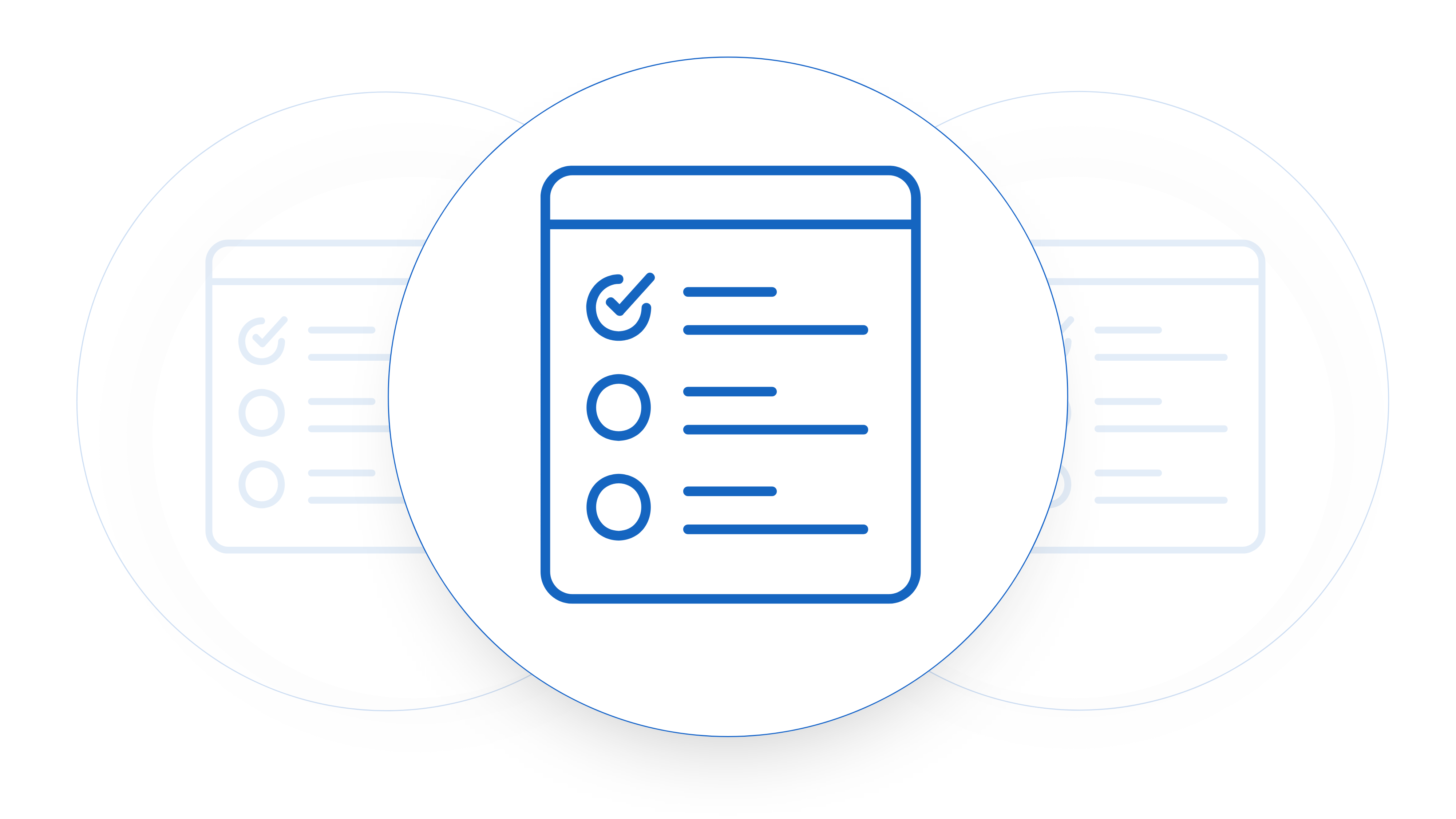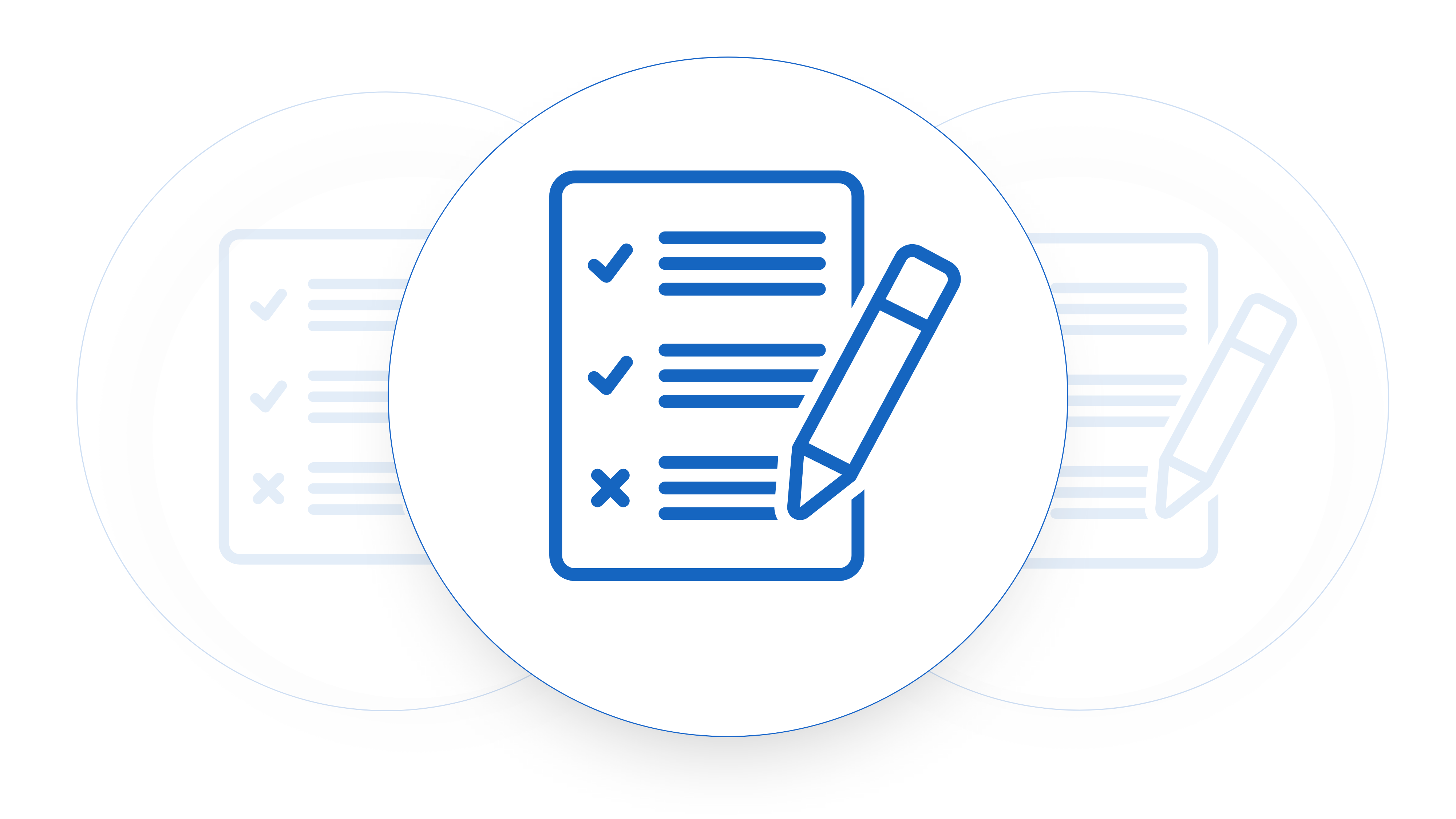A Monthly Recurring Revenue (MRR) waterfall report is one of the most important tools for SaaS startups seeking to gain a holistic view of their subscription-based revenue and how this is growing. To build an MRR waterfall is to trace the flow of revenue through various channels within a given month, providing an overall snapshot of the factors driving growth or hindering progress (think new customers or churned customers). At its core, the MRR waterfall report helps you understand the monthly revenue gains and losses, offering valuable insights into the health and sustainability of a SaaS business.
Within this report, MRR is categorized into different streams that can give you insights into what’s working and what’s not. The New MRR representing revenue from newly acquired customers and Expansion MRR reflecting revenue growth from existing customers upgrading or expanding their subscriptions. Conversely, Churned MRR highlights losses from customer cancellations or downgrades. By getting a source of truth for each and breaking down these elements, the report reveals the net impact on MRR, termed Net New MRR, which serves as a key performance indicator for business health. To build an MRR waterfall is to give yourself the underpinning for a number of core numbers in your business such as GRR, NRR and YoY growth rates.
Startups build an MRR waterfall report to outline additional data, such as reactivation revenue, annual contracts, and one-time charges, enabling startups to understand revenue drivers on a very granular level. This report empowers SaaS entrepreneurs to make data-driven decisions, pinpoint areas for improvement, and formulate strategies to enhance customer retention and acquisition, all while maintaining a keen focus on sustainable growth in the ever-evolving landscape of the subscription-based software industry.
Download Template
Data to Build an MRR Waterfall Report
To build an MRR waterfall report for your startup you’ll need to have tracking in place for various data points to understand the changes in your revenue over time. Here’s a comprehensive list of the data you should collect to create an MRR waterfall report:
Monthly Recurring Revenue (MRR):
Start with your total MRR for each month for each customer. The source of truth for this should be your SaaS contracts. This is the revenue generated from all your active subscriptions during that month.
1. New MRR:
- The revenue generated from new customers who signed up during the current month. This can be broken down further into:
New Customer MRR:
- MRR from entirely new customers.
Expansion MRR:
- Revenue from existing customers who upgraded their subscriptions.
2. Churned MRR:
- The revenue lost due to customer cancellations or downgrades during the current month. It can be further divided into:
3. Customer Churn MRR:
- The MRR lost from customers who entirely canceled their subscriptions.
4. Contraction MRR:
- The MRR lost from customers who downgraded their subscriptions.
5. Expansion MRR:
- The additional revenue generated from upsells, cross-sells, or add-ons to existing customers.

Contract Management Made for Startups
Set Tasks, Negotiate Faster
6. Net New MRR:
- This is the difference between New MRR and Churned MRR. It represents the net growth or decline in MRR for the month.
7. Total MRR at the Beginning and End of the Month:
- These numbers are important to track the overall growth or decline in MRR.
8. Reactivation MRR:
- Revenue generated from customers who had previously canceled but returned in the current month.
9. MRR from Annual Contracts:
- If your SaaS startup offers annual subscription plans, track the MRR from these contracts separately.
10. MRR from One-Time Charges:
- This includes any one-time payments made by customers, such as setup fees or professional services.
11. MRR by Plan or Tier:
- Break down your MRR by different subscription plans or tiers if you offer multiple options.
12. Customer Counts:
- Keep track of the number of customers at the beginning and end of the month to understand customer growth.
13. Customer Churn Rate:
- Calculate the churn rate, which is the percentage of customers lost during the month relative to your total customer count at the beginning of the month.
14. Average Revenue Per User (ARPU):
- Calculate the ARPU for the month, which is your total MRR divided by the total number of customers.
15. Customer Lifetime Value (CLTV):
- Calculate CLTV to understand the long-term value of your customers.
16. Customer Acquisition Cost (CAC):
- Track CAC to compare it with CLTV and assess the efficiency of your marketing and sales efforts.
17. Customer Cohort Analysis:
- Analyze MRR data by customer cohorts to understand how different groups of customers contribute to your revenue over time.
18. Geographic or Market Segment Data:
- If your SaaS serves multiple geographic regions or market segments, analyze MRR data by these categories to identify growth opportunities or challenges in specific areas.
19. MRR Retention Rate:
- Measure the percentage of MRR retained from the previous month to assess customer loyalty.
20. Unbilled MRR:
- Track MRR from customers who have committed to paying but have not yet been billed.
21. MRR from Discounts or Promotions:
- Monitor the MRR impact of any discounts, promotions, or special offers you’re running.
22. Contract Renewals:
- Track upcoming contract renewals and the MRR associated with these renewals.
23. ARR (Annual Recurring Revenue):
- If you offer annual plans, calculate ARR to understand your yearly revenue commitments.
24. MRR Churn Reasons:
- Collect data on why customers are churning, such as product dissatisfaction, pricing issues, or competitor switching.
By collecting and analyzing this data, you can create a comprehensive MRR waterfall report (start with an MRR waterfall template) that provides insights into your SaaS startup’s revenue dynamics and helps you make informed decisions to drive growth and reduce churn. Using a business intelligence tool or SaaS metrics platform can streamline the data collection and reporting process.











